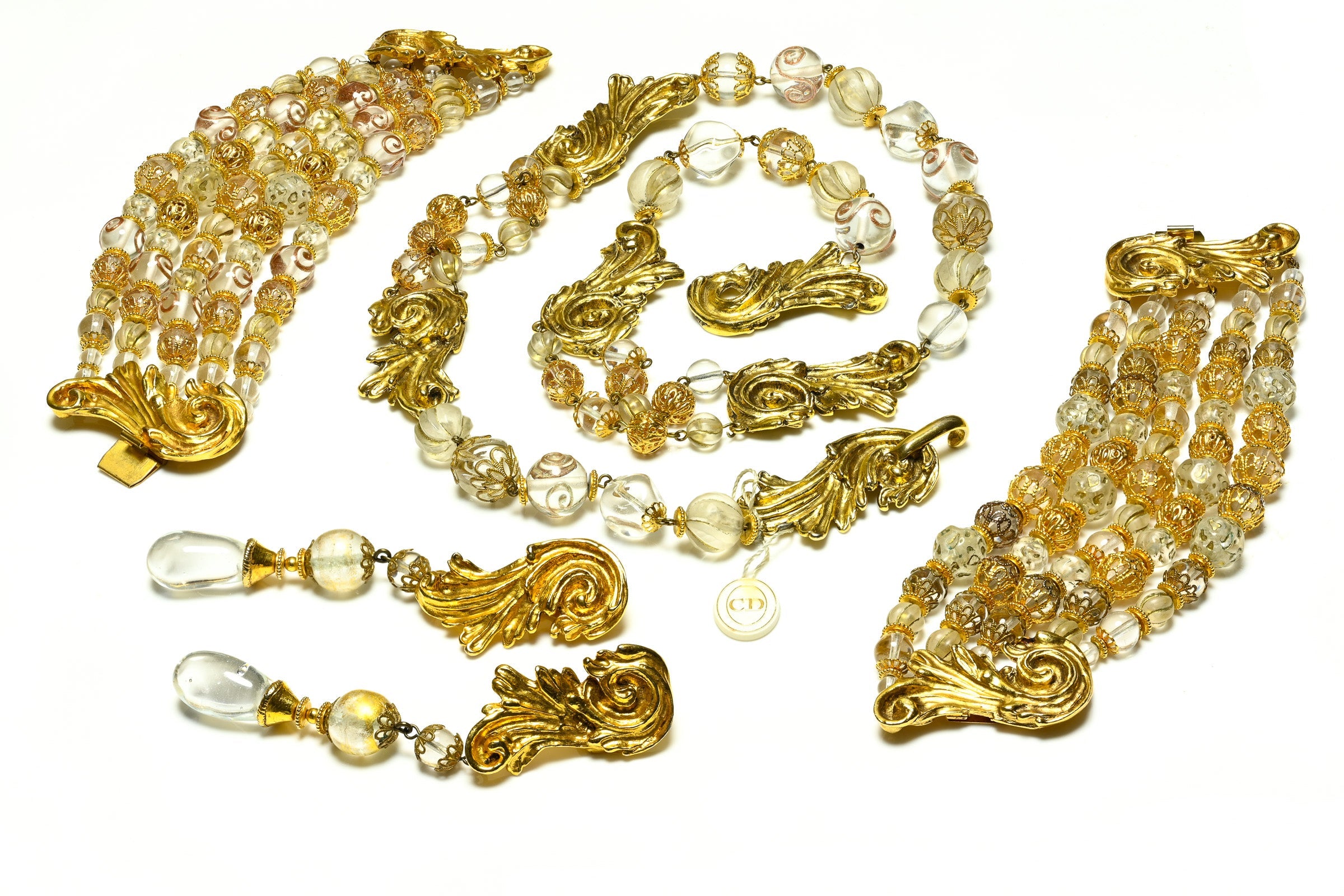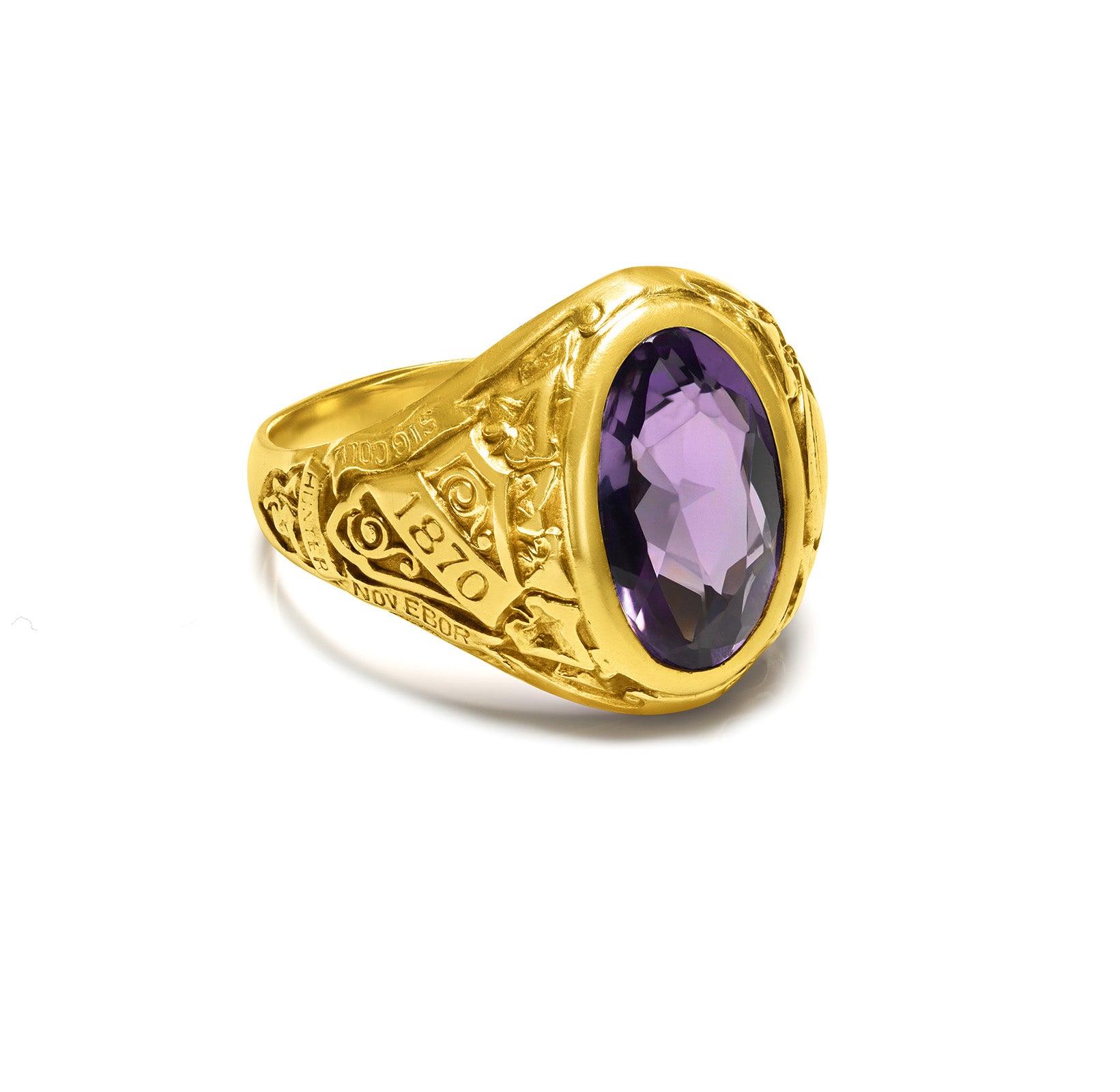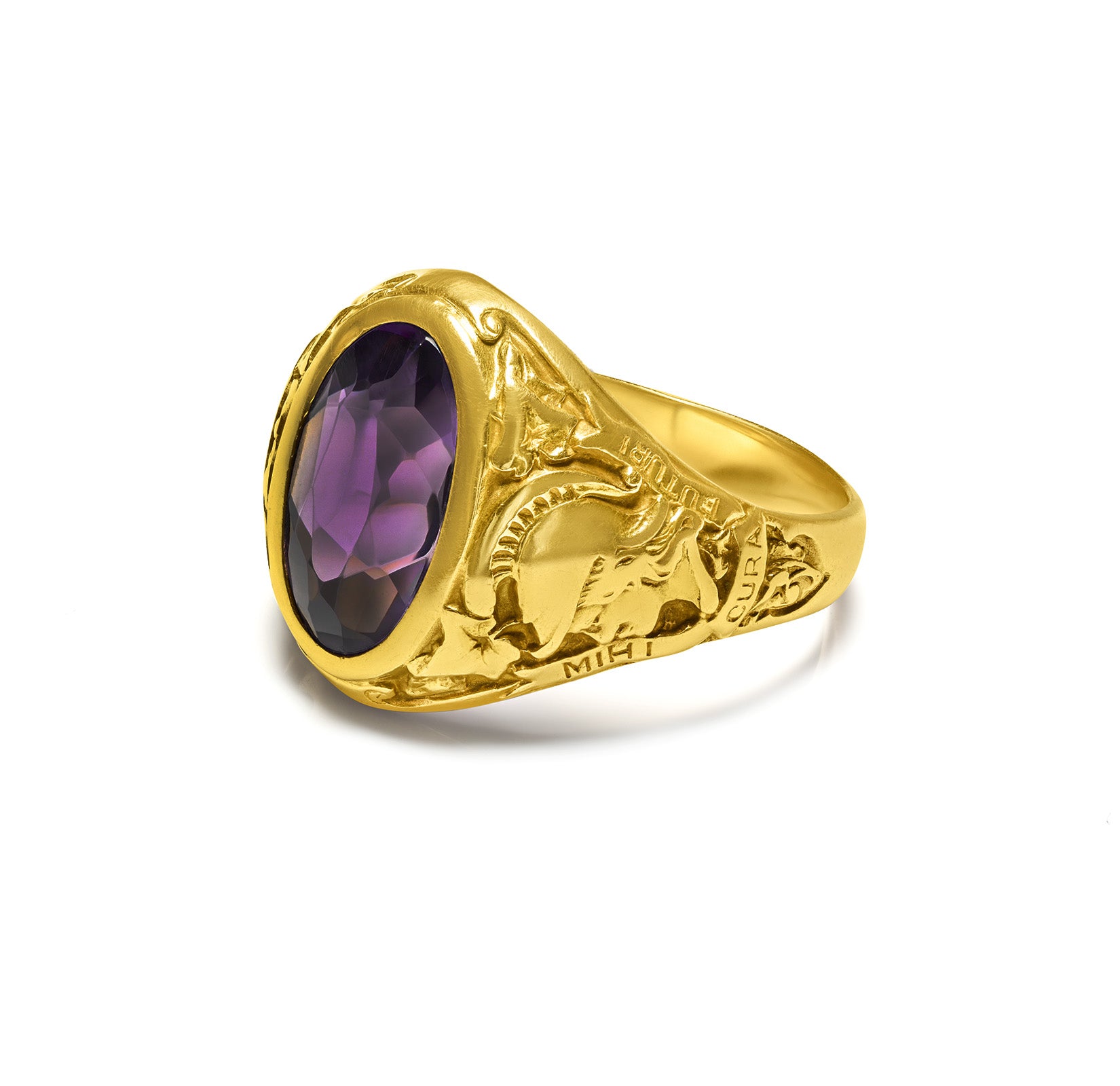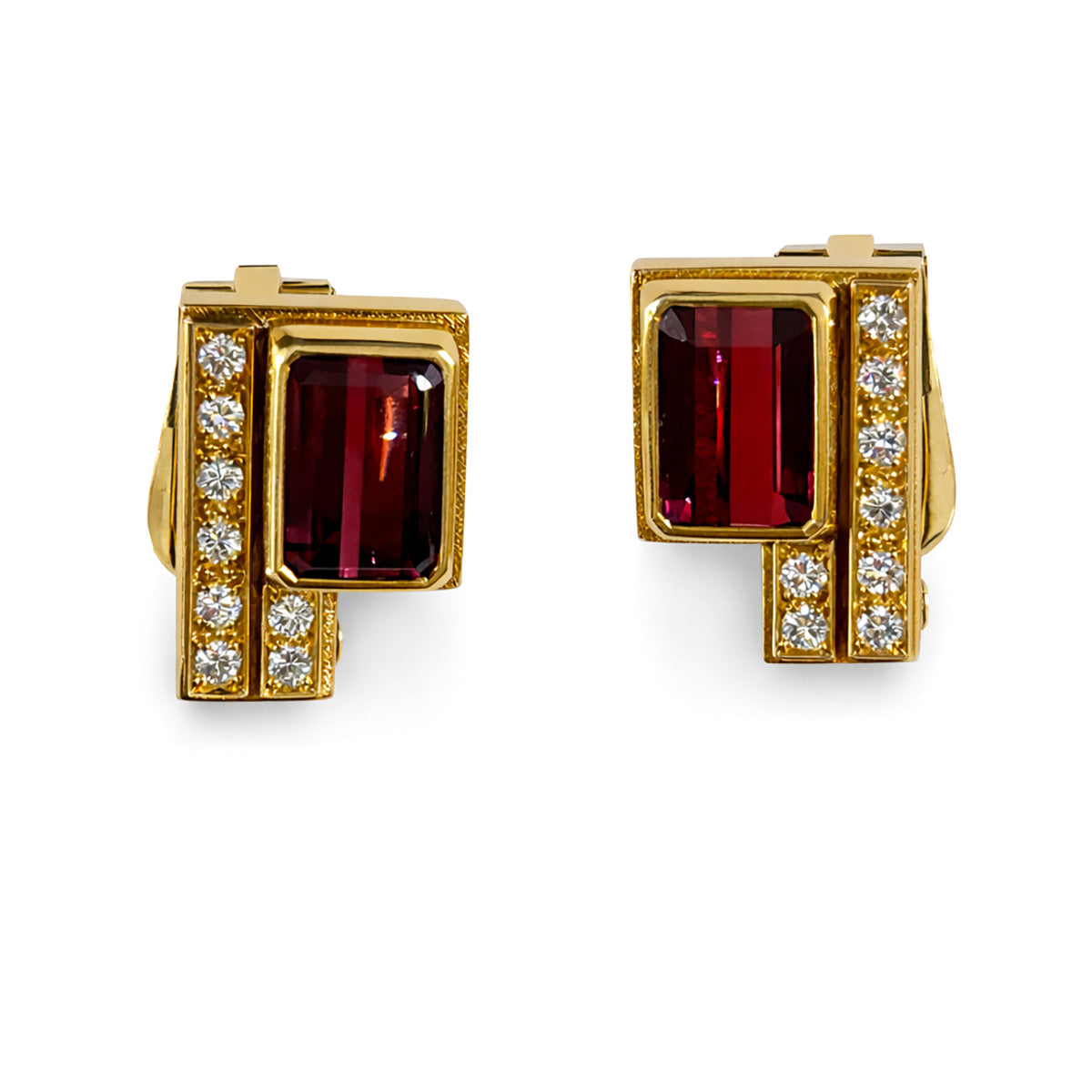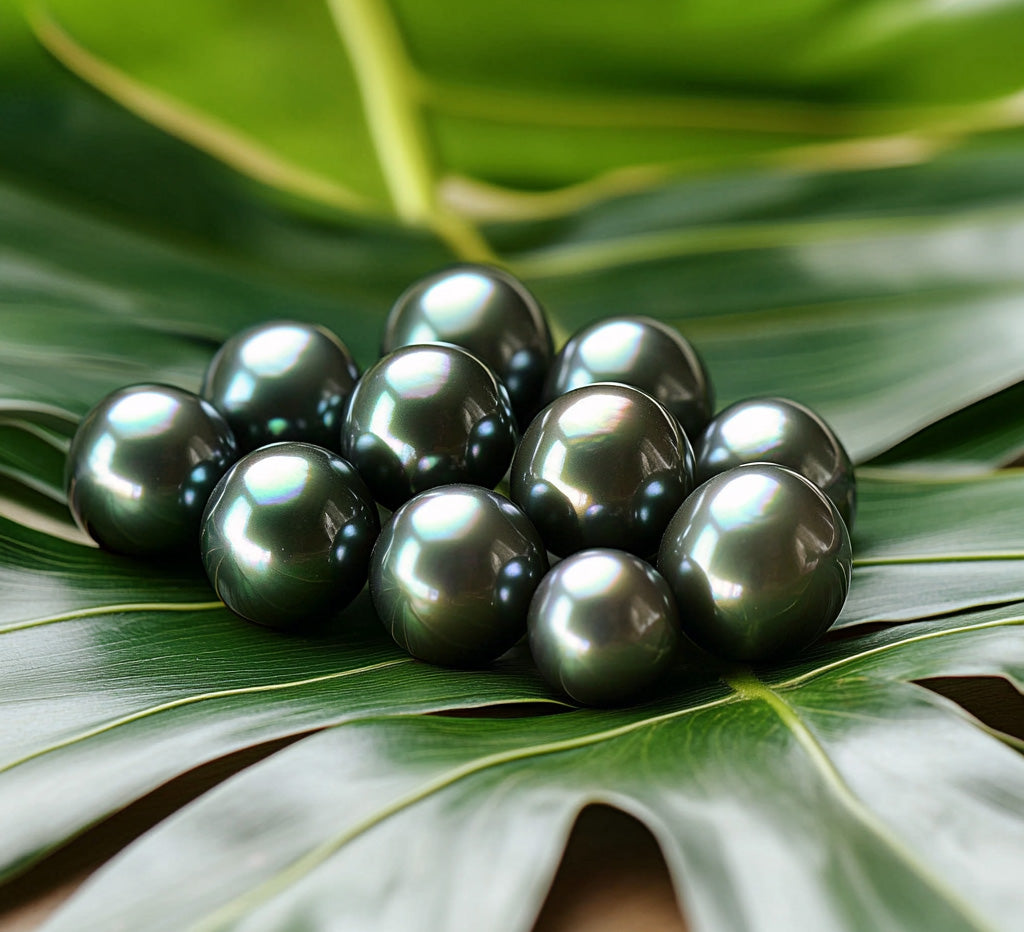
Tahitian Black Pearls: History, Characteristics, and Cultural Significance
Tahitian black pearls are renowned for their remarkable rarity and captivating beauty, enchanting people throughout history.
These exquisite gems have long been symbols of elegance and sophistication, celebrated in ancient literature and esteemed across various cultures. In the Middle East and Asia, pearls have represented purity and virtue, while in ancient Rome, they were reserved for the elite.
This article delves into the history, characteristics, and significance of Tahitian black pearls, offering a comprehensive overview of these exceptional gems.
Origin and Discovery of Tahitian Black Pearls
The story of Tahitian black pearls began to unfold in the 19th century when European explorers encountered Polynesians in the Pacific islands. It was during these explorations that the black pearl, now known as the Tahitian pearl, was discovered.
Black pearls are cultivated by black-lipped oysters, scientifically named Pinctada margaritifera, which thrive in the azure lagoons of French Polynesia.
Although Europeans identified black pearls in the 19th century, their cultivation did not commence until the 1960s. The first cultivated black pearl emerged from the lagoon on Bora Bora, utilizing grafting techniques initially developed in Japan.
This pioneering effort proved highly successful, leading to the establishment of a thriving black pearl farming industry in the Tuamotu Archipelago, northeast of Tahiti.
Evolution of Tahitian Pearl Farms
Following the initial success, the Tahitian black pearl industry experienced significant growth. By 1976, Tahitian pearls achieved international recognition as a unique product.
While the Gemological Institute of America (GIA) did not officially recognize them, Tahitian pearls have garnered a global reputation as rare and precious gems. Today, Tahitian pearls are celebrated worldwide as symbols of luxury and refinement.
Tahitian pearl farms, located in the lagoons of the Tuamotu Archipelago, are crucial for producing these exquisite pearls. The farms provide the ideal environment for the oysters that yield these coveted gems.
Characteristics of Tahitian Black Pearls
Tahitian black pearls are esteemed for their wide range of colors and natural beauty. These pearls display an array of hues, from gray-black to peacock green, pistachio greenish-gray, and lavender-blue gray. Sizes vary from 8 to 18 mm, with the largest specimens being extremely rare and highly valuable. Pearls come in diverse shapes, including spherical, drop, or teardrop, each suited to different types of jewelry.
Uniformity of Color and Brilliance
The value of a pearl is influenced not only by its color but also by its uniformity, size, shape, surface quality, and luster. Luster, or shine, is determined by the thickness of the nacre layer and plays a critical role in a pearl's overall beauty.
While spherical pearls are popular for their classic elegance, other shapes such as drops or teardrops are frequently used in pendants and earrings. Irregular shapes, though rarer, often command higher prices.
Caring for Tahitian Black Pearls
To maintain their beauty and luster, Tahitian black pearls require careful handling. They can be scratched by contact with hard objects and are sensitive to acids found in personal care products, perfumes, and detergents.
To clean pearls, use lukewarm water and mild soap, and gently wipe them with a soft cloth. After cleaning, rinse thoroughly with clean water and dry with a soft cloth. Avoid exposure to chemicals and refrain from rubbing pearls against other jewelry to preserve their luster and color.
Legends and Beliefs Associated with Black Pearls
Tahitian black pearls are surrounded by rich legends and cultural beliefs. In Polynesia, the god Oro, symbolizing peace and fertility, is said to have descended in a rainbow to present the black pearl oyster to humanity, gifting it to the princess of Bora Bora as a token of eternal love.
In Chinese culture, pearls were viewed as symbols of wisdom and were associated with dragons, believed to be their creators. Greeks and Romans considered pearls to be formed from pure rain and morning dew, while ancient Ceylon believed that the tears of Adam and Eve turned into pearls, with black pearls symbolizing Adam's tears.
The Pearl Museum and the Impact of Robert Wan
Robert Wan, a pivotal figure in the Tahitian pearl industry, recognized the potential of these pearls early on. The son of Chinese migrants, Wan began selling Tahitian pearls in 1974 and opened the Pearl Museum in Papeete, Tahiti, in 1998. His museum showcases a remarkable collection of pearls, including some of the largest and most perfect ever found.

The Importance of the Pearl Museum
Wan’s Pearl Museum not only exhibits valuable pearls but also highlights the diversity and beauty of Tahitian black pearls. Visitors can learn about the pearl cultivation process and appreciate the cultural and economic significance of this industry in French Polynesia.
Final Thoughts
Tahitian black pearls are exceptional gems, celebrated for their vibrant colors and subtle luster. They embody luxury and refinement and hold a special place in Polynesian culture and tradition.
Understanding the history, characteristics, and significance of Tahitian black pearls enhances appreciation for these exquisite jewels.
Black pearls are not merely symbols of luxury but also reflect nature's beauty and intricacy, making them coveted by aristocrats and celebrities worldwide.



